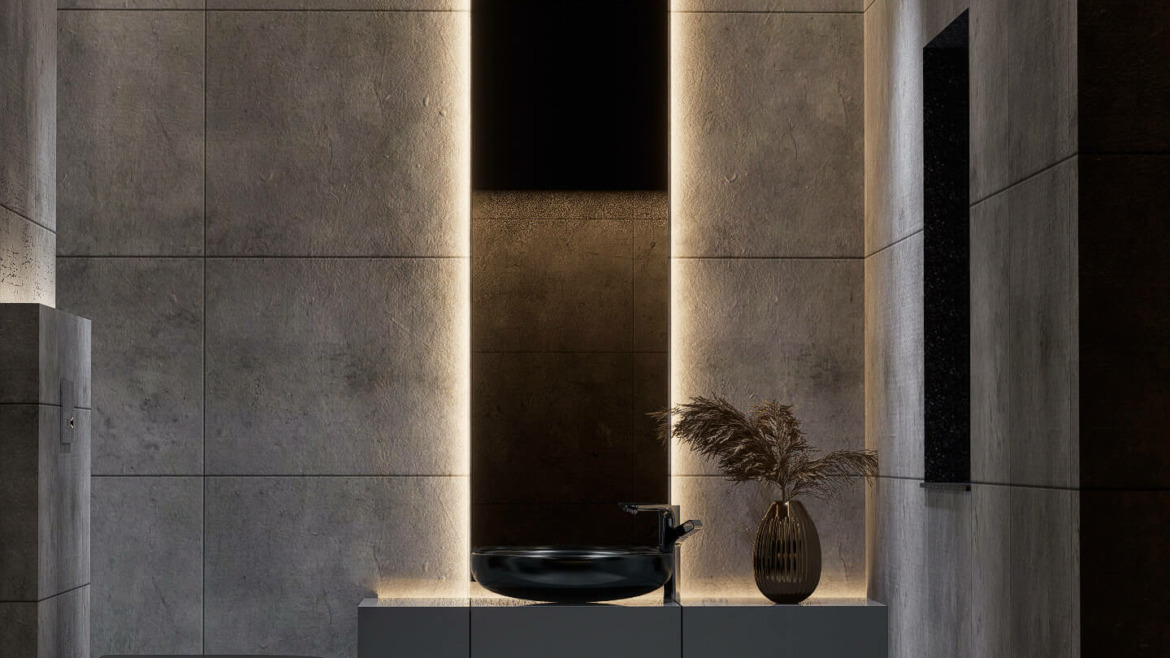
Real estate developers use architectural rendering visualization to display their properties to the market before actual building occurs. Standard marketing approaches which include blueprints along with static images typically do not present buyers with a proper understanding of what a property will look like. Pre-sales marketing heavily relies on the implementation of 3D virtual home walkthrough experiences. The detailed exploration features in these immersive experiences give potential buyers improved confidence to make their buying decisions. Real estate property sales strategies undergo transformation because customers increasingly search for realistic property presentations. Developer teams along with architects and real estate agents utilize high-quality visual representations to show property features, room floor plans and outside building designs which improves property attractiveness. The implementation of this approach brings multiple benefits by both drawing potential buyers while making the sales process clearer since it provides accurate representations of unbuilt properties.
Specialized software enables the creation of photo-quality digital representations of constructions along with house elements and outdoor spaces through the 3D architectural rendering method. The visual representations assist architects as well as real estate developers and clients to understand the final appearance of their projects.
The evolution of this technology surpassed basic 2D drafts to develop entirely interactive 3D models in parallel with computer-aided design (CAD). Today’s rendering techniques incorporate lighting, texture mapping, and material simulation, providing a level of realism that allows for accurate project evaluations before any physical work begins.
Real estate developers together with prospective buyers need the pre-sales phase to succeed in the market. Potential buyers face major obstacles when purchasing pre-built properties due to their difficulty in comprehending traditional 2D floor plans and layout and design aesthetics. The absence of transparent imagery prevents potential buyers from making property investments thus slowing down sales cycles and reducing conversion statistics.
3D virtual house walkthroughs create major improvements in pre-sales achievements. Developers achieve pre-sale success by delivering immersive virtual visualizations that help clients understand properties in an honest manner. Buyers achieve better space comprehension to make confident buying choices without visiting actual sites.
The implementation of 3D visualization creates the following main advantages during pre-sales activities:
Real estate developers who embrace 3D architectural visualization achieve better pre-sales operations and draw broad market segments that results in enhanced client involvement which produces more sales.
The major pre-sales barrier of obtaining property investments for non-existent properties becomes easier through 3D rendering because it creates life-sized detailed visualizations of new developments. Traditional floor plans together with sketches do not deliver the same realistic view as 3D architectural visualization does since it allows viewers to perceive actual completed spaces.
Real estate professionals through architectural rendering visualization create distinct emotional bonds between homebuyers and their future properties using accurate depictions.
Modern marketing of real estate properties uses 3D virtual tour walkthroughs to achieve tremendous changes in their sales approach. The interactive virtual experiences let potential purchasers explore properties as if their actual presence would enable them to see detailed property layouts and finishing touches and design aspects.
Dealers who incorporate 3D virtual walkthroughs within their marketing materials boost commercial interest through validating buyer commitment thereby producing successful leads.
The problem of pre-sales property involves prospective buyers who remain doubtful about the design aspects and spatial arrangements along with the overall aesthetic feel.
The visualization techniques which provide realistic property views help builders create better trust with potential buyers which results in elevated pre-sale success numbers.
Properties listed online become more attractive when they include three-dimensional visuals.
High-quality visuals win the day in present-day real estate markets which operate as competitive arenas. Standard two-dimensional images combined with blueprints provide insufficient property representation which leads to unsure buying decisions from potential customers. 3D visualization of architectural rendering turns ordinary property listings into dynamic realistic views which drives potential buyers to show greater interest and results in more successful sales.
Real estate agents who use 3D rendering in online listings see substantial benefits by converting leads into serious buyers at the beginning of property sales.
Real estate marketing professionals now depend on 3D animations and virtual walkthroughs because digital marketing demands innovative property promotions. High-quality 3D rendering content strengthens property advertising and successfully attracts viewers across all online advertising channels from social media to email campaigns and paid placement.
Developers and realtors increase brand visibility through their digital marketing by adding 3D rendering visualization which produces marketing assets that seize attention and generate sales.
Advanced technology now encourages real estate marketing through virtual reality (VR) and augmented reality (AR) applications becoming widely accepted. Through VR and AR technologies buyers can have interactive property tours that make their real estate decisions more confident.
Developers and agents who integrate 3D rendering with VR and AR in their sales process provide technological engagement that drives up property sales and speeds up pre-sales conversions.
The property marketing industry joined by real estate sales has undergone transformation through 3D architectural visualization because buyers experience complete space visualization before any structure goes up. 3D walkthroughs together with VR technology enable buyers to become more confident about property purchases by reducing their sense of uncertainty while simultaneously speeding up pre-sales. Developers and agents adopting 3D rendering solutions in the real estate industry will achieve better market position and faster sales with increased buyer attraction.